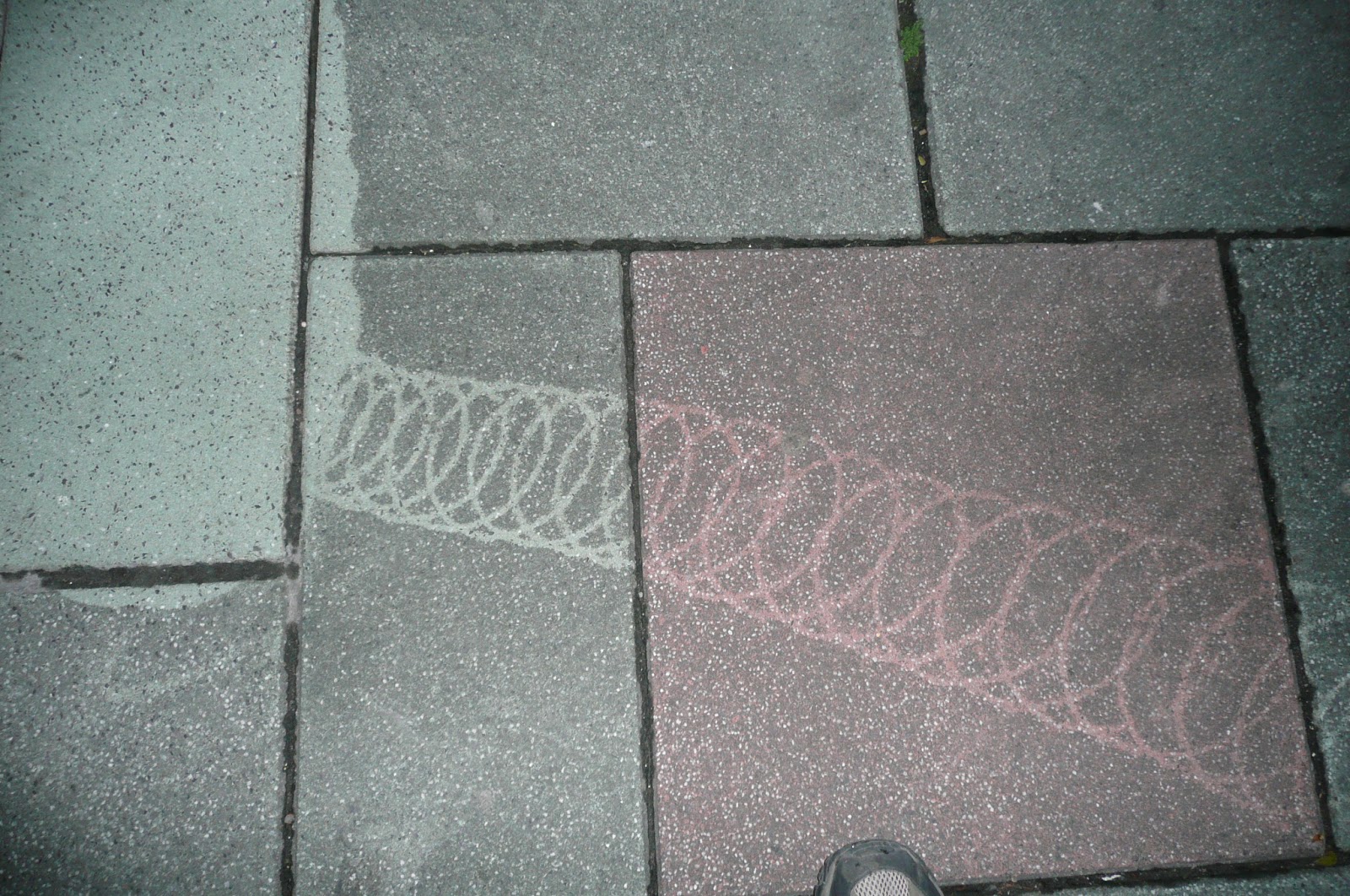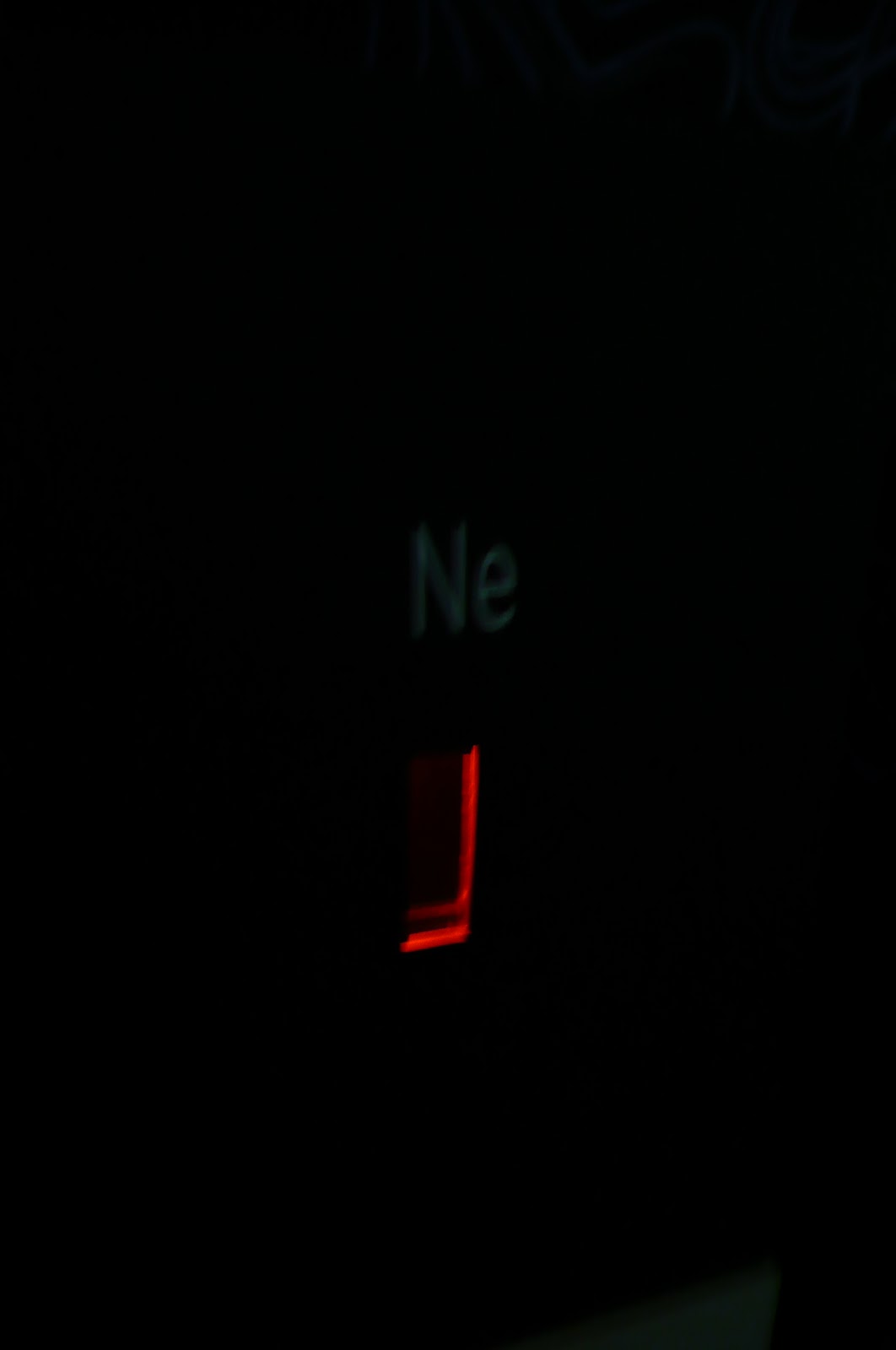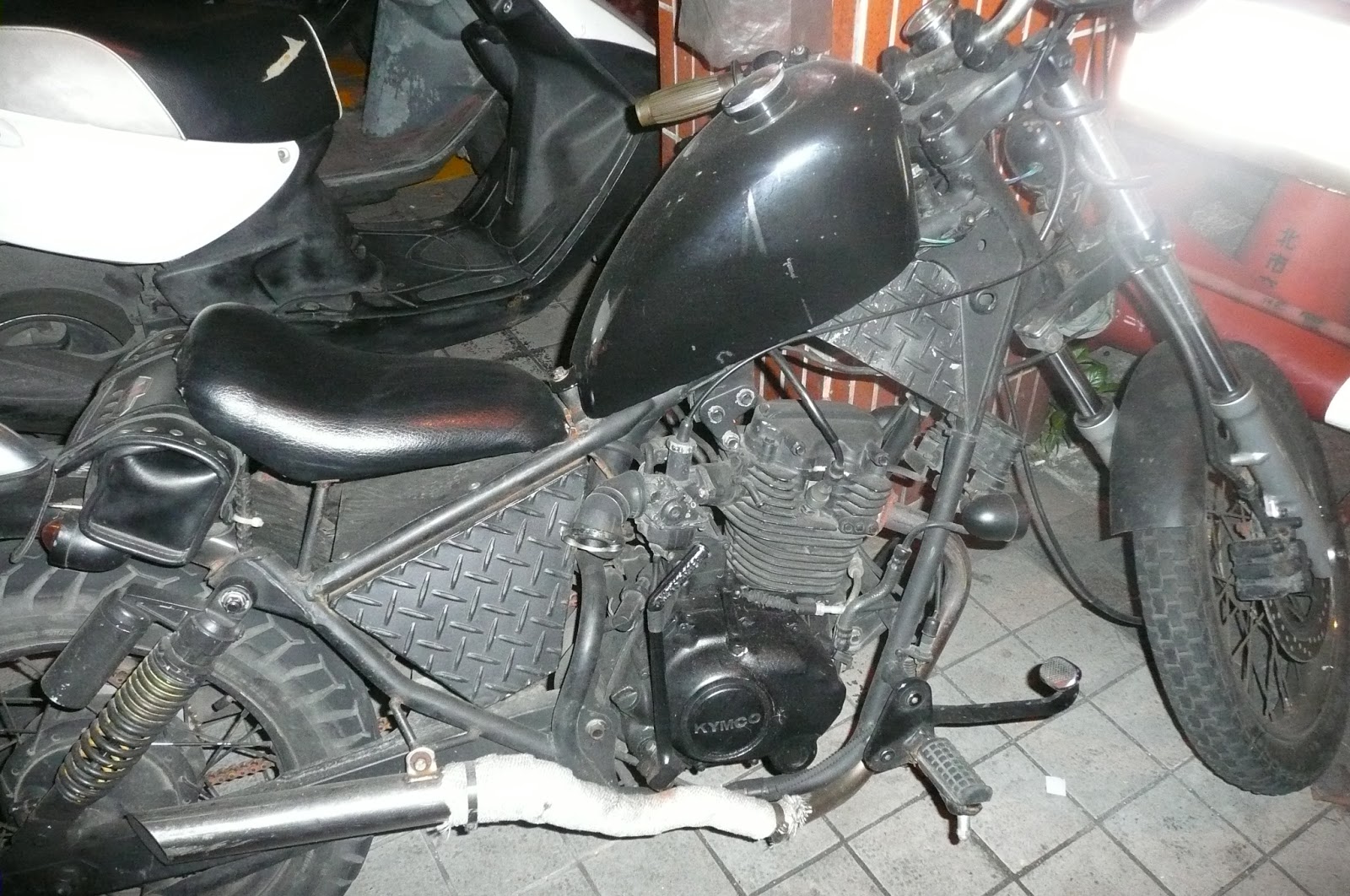When the Mainland tourists come to Taiwan, they must be shocked by the displays of protest that they could never see in their own country. In Taiwan, there are groups that set up their displays at the sites that are popular with the Mainlander tourists. For example, at the Alishan Mountain National Park.
Supporters of Tibet have a display at the Chiang Kaishek Memorial.
90% of all Mainland tourists go to the National Palace Museum. Most of the artifacts of the museum were moved from the Beijing Forbidden City by Chiang Kaishek to Taiwan in 1949. So the Mainlanders probably think that what Taiwan is displaying is the their stolen artifacts. But during Mao's Cultural Revolution such artifacts were smashed to destroy the old Chinese Culture to be replaced with the new Chinese Communist Culture. Nowadays, nobody in China mentions Mao Zedong, kind of like nobody in the Republican Party mentions that their last president was George Bush.
The displays are shown so that the Mainlander can read them, they are written in the simplified Chinese characters of Mainland China.Another good spot for the Falun Gong to reach the Mainland tourists is at the E101 skyscraper.
Many of the posters are graphic with pictures of the tortured bodies of Falun Gong believers in Mainland China.
The tourists from the Mainland are like a wave washing over Taiwan, there's not much Taiwan can do to stop them. "Money doesn't just talk, it shouts". But I hope that at least some of the Mainlanders go back with a story they could never see in their own country.
Even at the Chikan Lou Exhibit in Tainan, there are the continual Falun Gong.

















































